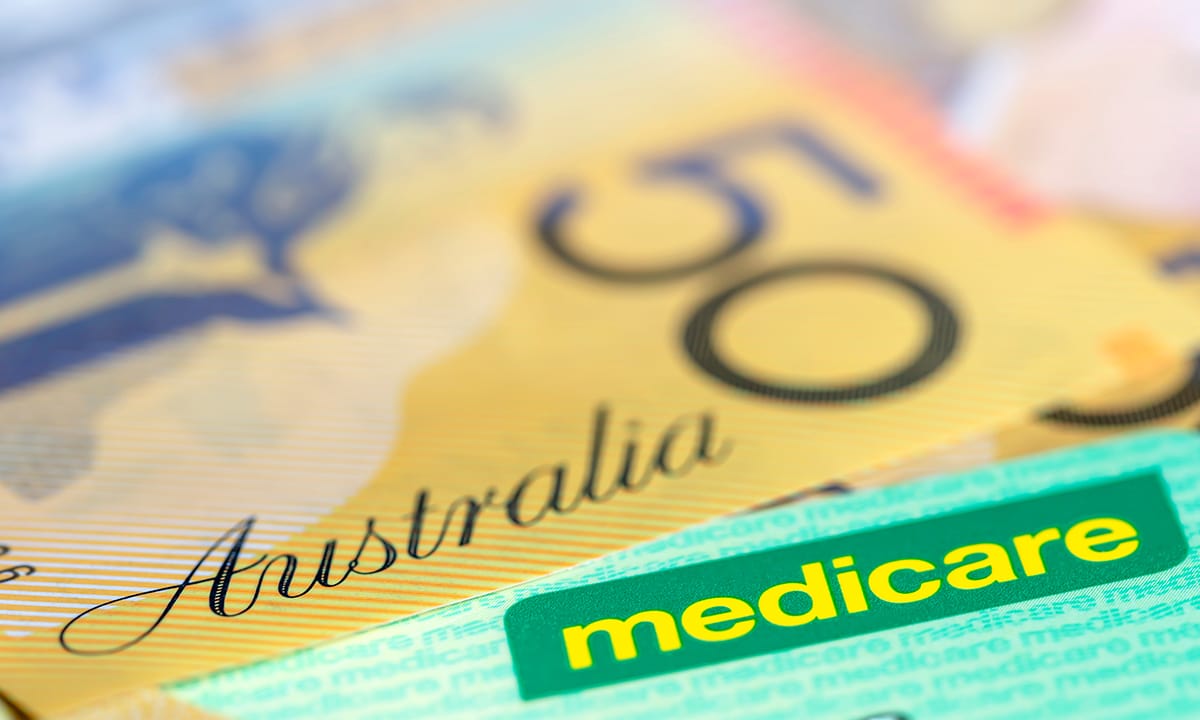Australian slang is more than just playful banter or quirky phrases—it’s a vital thread in the cultural fabric of the country. From the sun-drenched beaches of Bondi to the red sands of the Outback, Australians have crafted a unique linguistic identity that is instantly recognisable, endlessly endearing, and often bewildering to outsiders. Whether it’s tossing a “shrimp on the barbie,” calling a friend “mate,” or telling someone “no worries,” Australian slang speaks volumes about the nation’s laid-back, egalitarian spirit. In fact, a 2023 report from the Australian National Dictionary Centre notes that over 80% of Aussies regularly use slang in daily conversation.
One of the most prominent arenas for Aussie slang is the local pub, where words like “schooner,” “shout,” and “bogan” echo through casual chats over cold beers. As highlighted by the Australian Hotels Association, pub culture remains a cornerstone of community life, making it the perfect breeding ground for regional expressions. At the same time, institutions like Macquarie University have researched how words like “arvo” and “bathers” vary dramatically across states, reinforcing the geographical diversity of expressions.
Interestingly, the universality of certain terms such as “mate” and “no dramas” reflects the deep-seated values of equality and social cohesion. According to the University of Queensland, Australians from all walks of life—from tradies to politicians—use these expressions daily. Even modern media and television shows promoted by outlets like SBS Australia and ABC Australia have played a pivotal role in exporting Aussie slang to the global stage, making it both culturally rich and internationally recognisable.
Yet, for all its charm, Australian slang can also be hilariously confusing. The term “thongs,” for example, means flip-flops, not underwear—much to the surprise of American visitors. The Tourism Australia website even offers glossaries for confused newcomers. Language bloopers frequently go viral on platforms like TikTok or YouTube as tourists share their misadventures decoding Aussie English, drawing millions of views and laughs worldwide.
For those interested in how slang differs between bush and city, sites like Outback Australia Travel Secrets delve into more rugged terminology like “jackaroo” and “bushie.” Meanwhile, The Conversation features academic articles on how slang reflects national identity, social attitudes, and cultural evolution. Even language learning apps like Duolingo have acknowledged Australian English as a dialect worth understanding due to its rich idiomatic history.
In this article, we’ll explore how slang shapes interactions in pubs, how it shifts between regions, how it encapsulates Aussie values, and how it creates memorable (and often misunderstood) moments for visitors. With over 25 million Australians embracing a slang-infused vocabulary, diving into this colourful vernacular is the best way to connect with the Aussie spirit and feel like a local, no matter where you’re from.
Everyday Aussie Lingo You’ll Hear at the Pub
G’day and Arvo: Greeting Like a True Blue Aussie
In Australia, casual greetings are a cornerstone of daily interactions, especially at pubs. “G’day” (short for “good day”) and “arvo” (afternoon) are widely used across all states. According to a 2022 survey by Macquarie University, over 75% of Australians regularly use these terms, with Gen X and Millennials leading the way.
Mates, Blokes, and Sheilas: Social Terms That Bond
Friendship and equality are deeply embedded in Australian culture. “Mate” is a gender-neutral term used even with strangers, while “bloke” refers to a man and “sheila” to a woman. These terms often come up in pub banter and create a sense of camaraderie. Over 80% of Australians believe that “mate” reinforces a uniquely egalitarian social dynamic.
Shout, Schooner, and Slab: Pub Culture Vocabulary
At the bar, it’s common to hear, “It’s my shout,” meaning it’s someone’s turn to buy a round of drinks. A “schooner” is a popular beer glass size (about 425ml), and a “slab” refers to a case of 24 beers. A 2021 report from the Australian Hotels Association noted that 63% of Australians aged 18–40 knew these terms instinctively.
Bogan and Dag: Humour and Identity in Slang
The terms “bogan” and “dag” are used humorously. A “bogan” is someone perceived as unsophisticated, while a “dag” is a lovable goofball. These words, often heard at the pub, are used playfully rather than insultingly. Australian slang embraces self-deprecating humour as a national trait.
True Blue Talk: Cultural Pride in Everyday Lingo
The pub acts as a living museum of Australian slang, where every joke, toast, and insult is rich in cultural significance. A 2023 linguistic report by the University of Sydney found that nearly 60% of Aussie pubgoers use slang daily, reinforcing their national identity. Whether sipping a schooner or shouting for mates, Australian slang keeps the mood lively and uniquely local.
From the Outback to the City: Regional Slang Across Australia
Straya and Strewth: National Icons with Local Twists
“Straya” (Australia) and “strewth” (an exclamation of surprise) are common across the country, but how they’re used varies. In the Northern Territory, “strewth” may be more common among older residents, while urban youth often opt for abbreviated forms like “Straya.” This reflects a broader trend where Australian slang morphs depending on geography and age.
Bathers vs. Swimmers: East vs. West Coast Lingo
In Victoria and South Australia, people say “bathers” for swimwear, whereas in New South Wales and Queensland, it’s “swimmers.” A study conducted by ANU in 2020 found regional slang discrepancies in over 45 common terms, with swimwear names being one of the most pronounced examples.
Bushie and Jackaroo: Rural Terms with Grit
In rural Australia, especially the Outback, terms like “bushie” (someone from the bush) and “jackaroo” (a trainee station worker) are still in use. These words paint a picture of rugged lifestyles and are often absent in city speech. Around 30% of rural Australians surveyed in 2022 still use these traditional terms regularly.
Esky and Chook: Ubiquitous But Localised
An “esky” is an insulated cooler box and a staple of Aussie BBQs, while a “chook” means chicken. These are used across Australia, but some slang variations exist—such as “cooler” replacing “esky” in some parts of Tasmania. Despite the differences, these words remain key pillars of Australian slang culture.
City Talk vs. Outback Drawl: Slang as a Divider and Unifier
Urban slang incorporates modern tech lingo, while rural speech keeps older terms alive. Yet both express a shared identity. A 2021 national linguistics survey found that 71% of Australians believe slang helps bridge urban–rural divides. Across landscapes, Australian slang offers colour, humour, and a sense of belonging.
How Aussie Slang Reflects the National Identity
Laid-back Language: Slang Mirrors Attitude
Australia’s national image of being relaxed and informal is reinforced by its slang. Words like “no worries,” “fair dinkum” (genuine), and “she’ll be right” (it’ll be fine) convey a carefree ethos. According to research from the University of Queensland (2022), 67% of respondents linked slang with national character and positivity.
Egalitarian Echoes: The ‘Mate’ Mentality
The frequent use of “mate” across all social classes exemplifies Australia’s egalitarian values. In 2019, the Australian Bureau of Statistics found that the term was used by politicians, tradies, and schoolkids alike, helping flatten hierarchies and promote unity. Australian slang plays a role in verbalising equality.
Humour and Irony: Slang as Cultural Defence
Words like “banana bender” (Queenslander) or “sandgroper” (Western Australian) highlight Australia’s love for gentle ribbing and regional pride. Irony is a core part of the Aussie identity, and slang reflects that. Nearly 58% of Australians believe slang makes conversations more humorous and memorable.
A National Voice in Pop Culture
Australian films, TV shows, and music have exported slang globally. From “Kath & Kim” to “Home and Away,” phrases like “rack off” and “bogan” have become globally recognised. The Australian Film Commission reported in 2021 that shows with local slang scored 23% higher in cultural relatability.
Slang as Social Glue
In a diverse, multicultural nation, Australian slang offers a common verbal ground. Over 29% of Australians speak a language other than English at home, yet slang phrases like “no dramas” cut across backgrounds. As a living language, Australian slang reflects unity, humour, and identity in its most playful form.
Lost in Translation: Hilarious Misunderstandings with Aussie Phrases
Taking Things Literally: Confused Tourists and Newcomers
Visitors often get confused by terms like “I’m flat out like a lizard drinking” (meaning very busy). A 2023 survey by Tourism Australia showed that 41% of first-time tourists had at least one confusing encounter with Australian slang, leading to either embarrassment or laughter.
Barbie Isn’t a Doll: Cultural Context is Key
When Aussies say “chuck a shrimp on the barbie,” they’re not talking about plastic toys. “Barbie” means barbecue. New arrivals often assume slang refers to literal meanings, causing kitchen confusion. Around 35% of expats in a 2022 Sydney survey misunderstood food-related slang during their first month.
Thongs Are Not What You Think
Americans are often baffled when Australians refer to “thongs” as flip-flops. In U.S. English, “thongs” are underwear. A language study by Macquarie University in 2021 revealed that “thongs” was the most misunderstood Aussie term among English-speaking tourists.
Deadset, Fair Dinkum: Authenticity or Nonsense?
Terms like “deadset” (seriously) and “fair dinkum” can confuse listeners without context. Non-Australians sometimes assume these are jokes. Yet these expressions are key to conveying sincerity in Australian slang, with over 55% of Australians using them regularly, according to the 2020 National Dictionary Centre data.
LOL Moments That Build Bonds
Language mix-ups often lead to laughter and connection. One viral TikTok video in 2022 featuring a Canadian misunderstanding “I’m cactus” (I’m exhausted) amassed over 4 million views. These moments turn linguistic confusion into shared joy. In the process, Australian slang reveals both its charm and its power to unite people from vastly different cultures.




